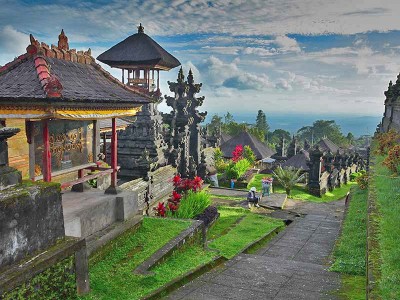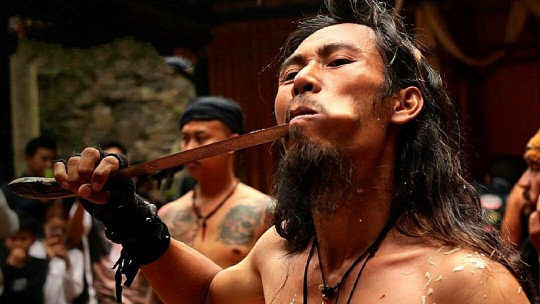javaprivatetour.com – Hey there, fellow travel enthusiasts! Today, let’s embark on a journey to the historical city of Malang, East Java, where not only the landscapes are breathtaking but also where the rich cultural heritage awaits. And guess what? Malang is not just about picturesque landscapes; it’s also home to three ancient temples that have stories to tell to those curious minds out there – Candi Singasari, Candi Kidal, and Candi Songgoriti.
Candi Singasari (Singosari Temple)
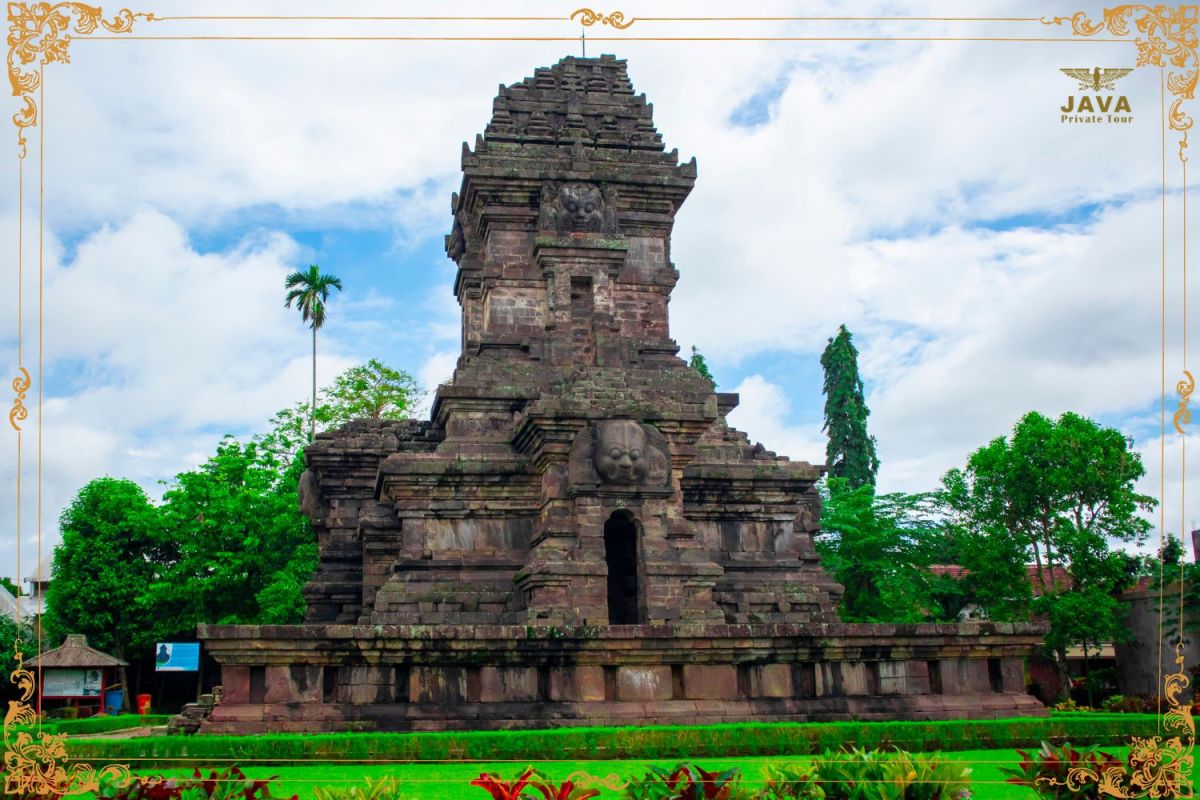
Our first stop is Candi Singasari, an ancient Hindu-Buddhist temple located in Candirenggo Village, Malang. Built around 1300 AD, this temple stands as a tribute to King Kertanegara, who passed away in 1292 in Singasari itself.
With a fusion of Hindu and Buddhist elements, Candi Singasari is a historical relic from the Singasari Kingdom. Legend has it that it was constructed under the supervision of Patih Jinordhana, a high-ranking official at that time.
The main structure is crafted from andesite stone, facing west. Though the original complex covered an impressive area of 200m × 400m with several temples, only Candi Singosari stands tall today. Known as Candi Cungkup or Candi Menara, it was the tallest temple in its time, radiating the architectural style of Eastern Java.
Candi Kidal (Kidal Temple)
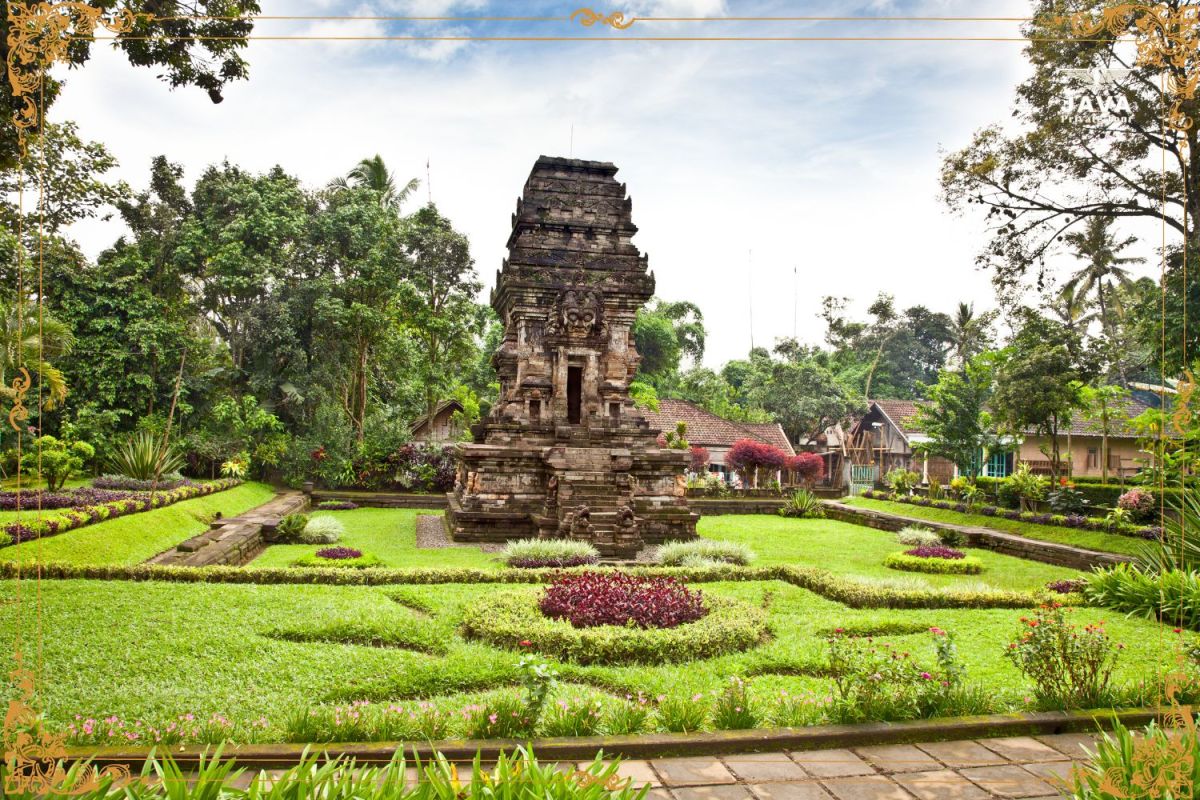
Next on our list is Candi Kidal, another Hindu-Buddhist temple situated in Rejokidal Village, Tumpang District, Malang. Erected in 1248 AD, this temple aimed to honor Anusapati, the second king of the Singasari Kingdom who ruled for 20 years (1227-1248).
Distinct with its East Javanese architecture, Candi Kidal boasts a large and tall base with a slightly backward-leaning body. The three-tiered cubic roof holds a unique place in history, depicting the Garudeya relief – a Hindu mythological story conveying moral messages of liberation from slavery.
Candi Songgoriti (Songgoriti Temple)
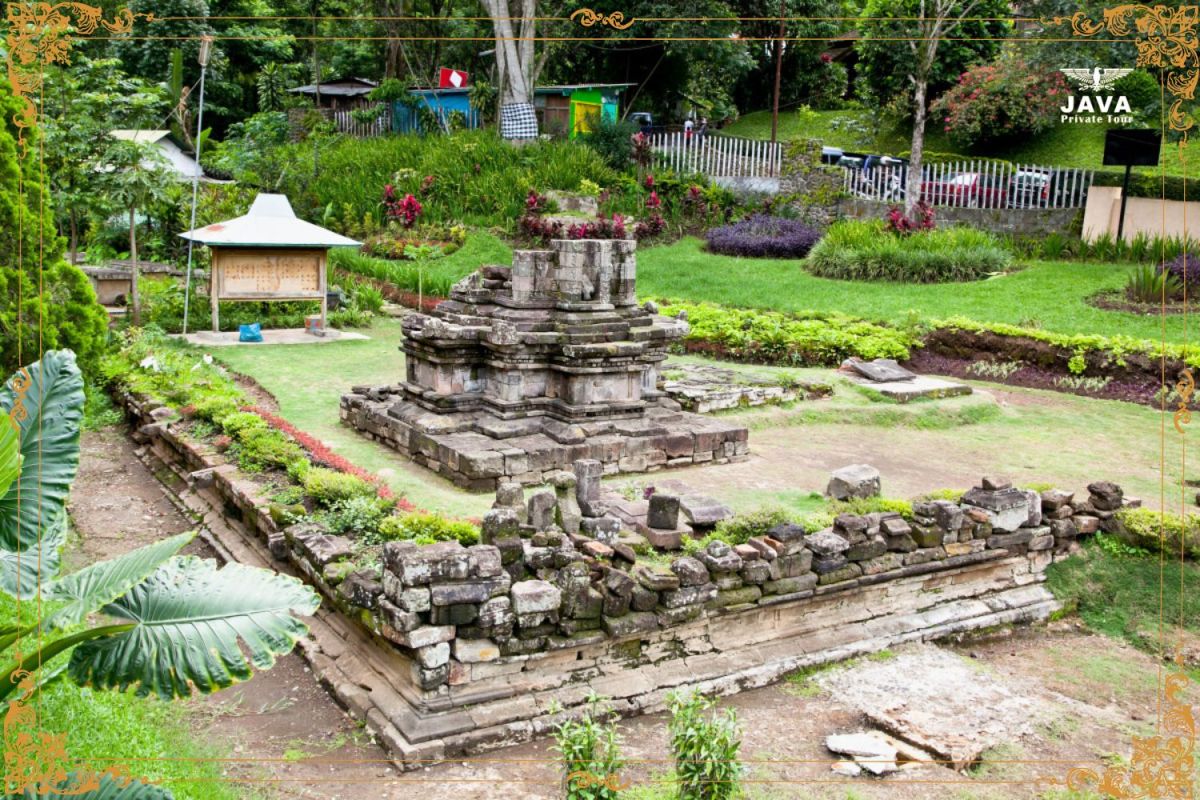
Last but not least, let’s dive into the history of Candi Songgoriti, located in Songgokerto Village, Batu District, Malang. Discovered in 1799 by the Dutch, this temple, with dimensions of 14.36m × 10m and an actual height of 2.44m, features recesses or niches used for statues.
Cekukan on the east side once held a Ganesha statue, now partially lost. The north side lacks statues, and the west recess houses an Agastya statue, another form of Lord Shiva. Songgoriti holds significance in the ancient Mataram Kingdom’s migration to East Java, situated near hot springs and integrated into a tourism area.
The name “Songgoriti” itself originates from the Old Javanese language, with “sangha” meaning ‘assembly’ and “riti” meaning ‘yellow metal,’ referring to the ‘brass crafting region.’
These temples stand as witnesses to the glory of the Singasari and Majapahit Kingdoms, reflecting the cultural and historical tapestry of Malang. The unique structures, captivating reliefs, and ties to significant kingdoms make them invaluable pieces of cultural heritage.
As a haven for history buffs and curious travelers, each temple opens a window to the past, offering a profound experience for those eager to understand the footprints of bygone civilizations. Candi Singasari, Candi Kidal, and Candi Songgoriti serve as timeless investments in Indonesia’s cultural legacy.
Now, why not make your exploration of these historical wonders even more memorable with Java Private Tour? Not only will you have knowledgeable and friendly English-speaking guides, but also the flexibility to tailor your schedule according to your preferences. With certified local guides and a range of private vehicles, from sedans to tourist buses, Java Private Tour ensures a seamless and enjoyable exploration of Malang’s cultural treasures. Plus, they come highly recommended by embassies of satisfied friend countries. So, for all you first-time visitors to Javanese Indonesia, consider Java Private Tour as your compass and recommendation for an enriching cultural adventure. Happy exploring!
BOOK HERE for an unforgettable journey through the heart of Java!
You May Also Like
 Journey Through Time in Malang: Uncovering Forgotten Tales of the Colonial Era
Journey Through Time in Malang: Uncovering Forgotten Tales of the Colonial Era
 Exploring the Mystical Origins of Mount Bromo and Tengger Society
Exploring the Mystical Origins of Mount Bromo and Tengger Society
 Indonesia’s Rich History: Exploring Ancient Temples and Ruins
Indonesia’s Rich History: Exploring Ancient Temples and Ruins
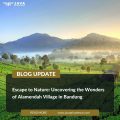 Escape to Nature: Uncovering the Wonders of Alamendah Village in Bandung
Escape to Nature: Uncovering the Wonders of Alamendah Village in Bandung
 A Floral Paradise in Malang: San Terra De Laponte
A Floral Paradise in Malang: San Terra De Laponte





